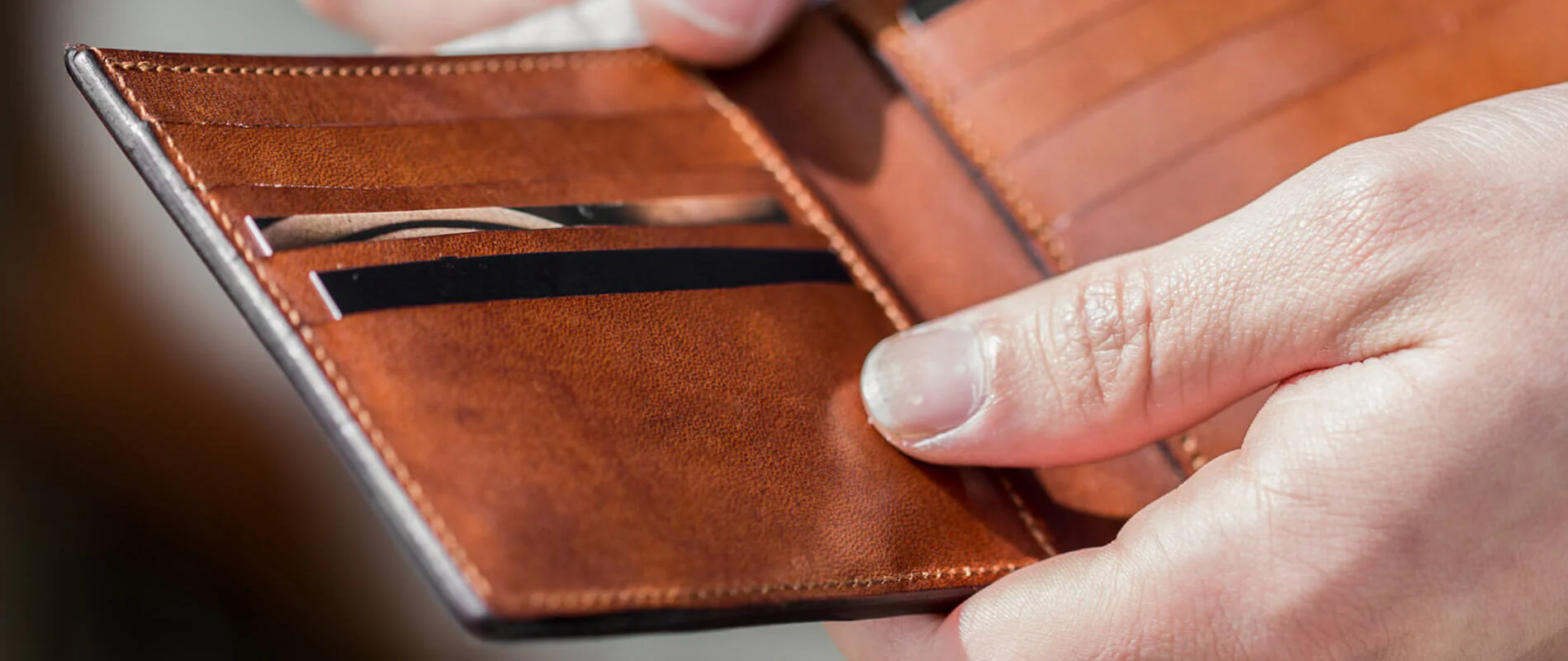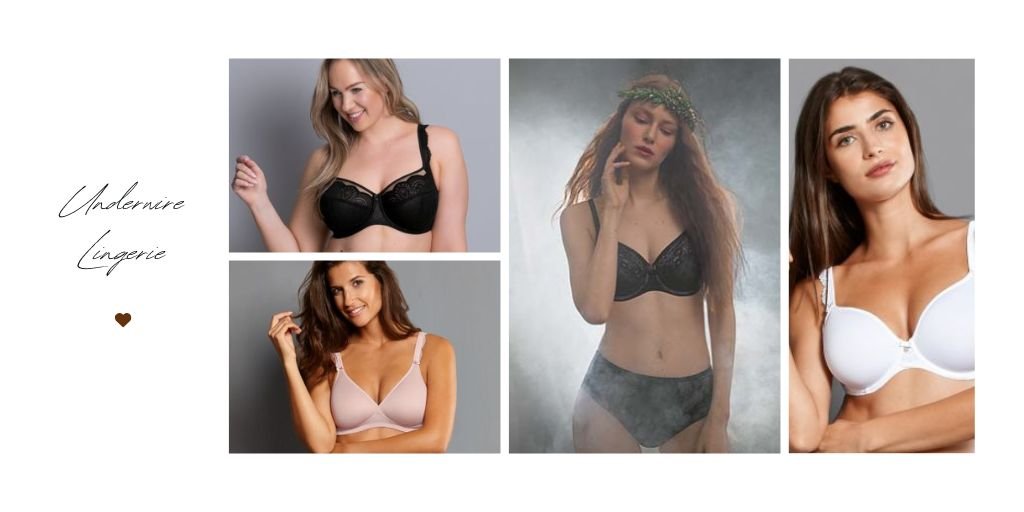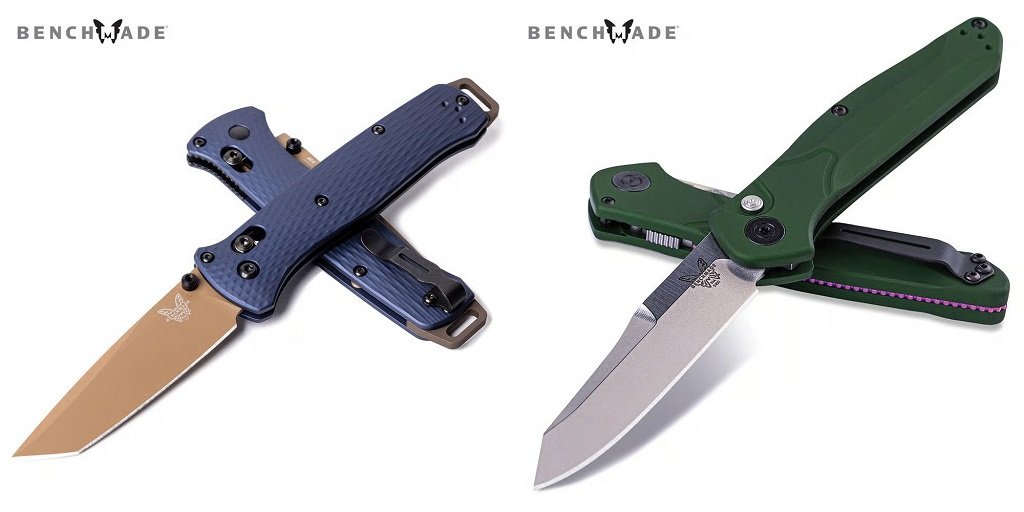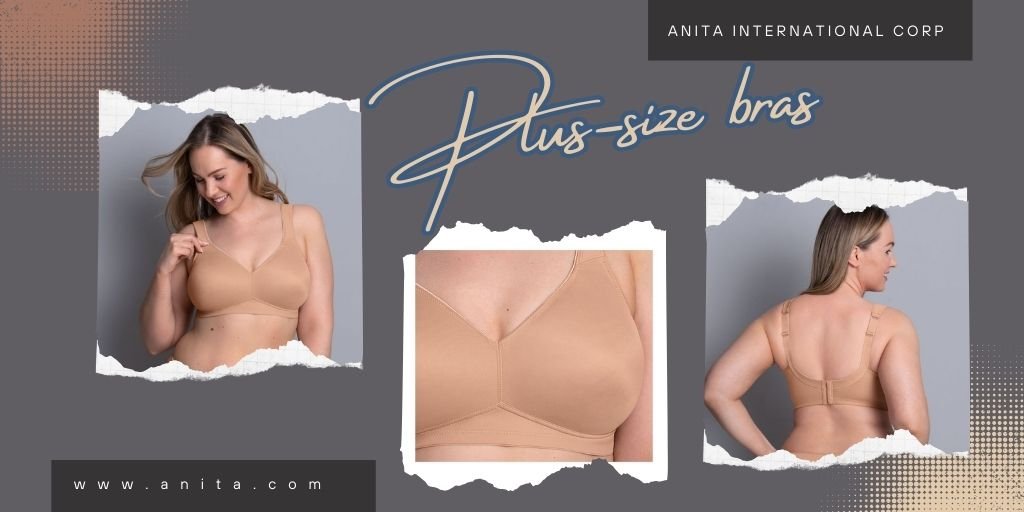Finding the perfect wallet can feel like a never-ending hunt—especially when you’re looking for something handcrafted. There’s something timeless about a well-made wallet, and it’s more than just how it looks. Quality shows in the craftsmanship, the materials, and the small details. If you’re browsing for a reliable and stylish piece, especially long wallets, then knowing what to look for in handcrafted wallets can save you money and disappointment.
Why Go Handcrafted in the First Place?
Let’s start with the basics—why choose a handcrafted wallet? The answer lies in uniqueness and care. Handcrafted wallets are often made by skilled artisans who take pride in their work. Unlike mass-produced ones, these wallets tell a story. They’re designed with attention to detail, often offering better durability and personality. Think of it as carrying a piece of art in your pocket.
Understanding the Leather: It All Starts Here
The type and quality of leather used are crucial when it comes to identifying a quality wallet. Full-grain leather is the highest standard. It ages beautifully and develops a rich patina over time. Top-grain leather is slightly less durable but still a solid option. If you notice synthetic or bonded leather, you’re looking at a lower-tier wallet. A good handcrafted wallet will feel thick, firm, and smooth—not plasticky or overly shiny.
The Feel Test: Touch Tells a Lot
Here’s a simple tip: trust your hands. When you pick up a high-quality wallet, it should feel solid and dense. The leather should have a soft, buttery touch but still hold its shape. If it bends too easily or feels flimsy, it might not last long. A true handcrafted wallet gives off that premium feel the moment you hold it.
Stitching: Small Threads, Big Impact
Don’t overlook the stitching—it’s one of the easiest ways to spot quality. In a premium handcrafted wallet, the stitching is clean, straight, and even. There shouldn’t be any loose threads or frayed edges. Hand-stitching is a mark of craftsmanship and takes longer, but it often lasts much longer than machine stitching. Look closely at the corners and inside seams; they reveal how much care went into making it.
Edges Matter: Are They Sealed and Smooth?
Check the edges of the wallet. A good artisan won’t leave raw, unfinished edges. Instead, the edges will be burnished, sealed, or waxed for a smooth, polished finish. This step protects the wallet from wear and adds to its overall look. Unfinished or uneven edges are a red flag—they’re likely to fray with time.
Smell the Leather (Yes, Really)
A little weird? Maybe. But real leather has a distinct, earthy smell that’s hard to replicate. If the wallet smells like plastic or chemicals, it’s probably synthetic or poorly treated leather. The smell of a genuine leather wallet is rich and warm—and that’s exactly what you want.
Interior Layout: Form Meets Function
A wallet might look good on the outside, but what’s inside counts too. Open it up and take a good look at the layout. Is it practical? Does it suit your lifestyle? Long wallets usually offer more room for cash, cards, and sometimes even a phone. The lining should also be of good quality—no flimsy nylon or thin fabric. High-end wallets often use leather or sturdy cotton inside for added longevity.
Hardware Check: Snaps, Zippers, and More
If your wallet has hardware—like snaps, zippers, or chains—they should be solid, not flimsy. High-quality wallets use brass or stainless steel components that won’t tarnish or break easily. Cheap plastic zippers or loose snaps are indicators of low craftsmanship. Give them a little tug or twist. If they feel secure and smooth, you’re in good hands.
Brand Reputation and Transparency
If you’re buying from a known brand or artisan, do some homework. Reputable makers often share their process, materials, and philosophy behind the product. You’ll find information about the leather source, stitching technique, and even where it’s made. That kind of transparency usually points to quality. If it’s hard to find any background on the wallet, proceed with caution.
Price: A Reflection of Value, Not Just Cost
Price doesn’t always guarantee quality, but when it comes to handcrafted wallets, you usually get what you pay for. A wallet that’s too cheap to be true probably is. Handcrafted items take time, effort, and skilled labor, and the cost reflects that. Think of it as an investment. A well-made wallet might cost more upfront, but it’ll likely last for years—saving you from having to replace it often.
Supporting Small Artisans vs. Big Brands
There’s a charm in buying from small, independent artisans. You often get a wallet that’s made with love, not just machinery. These makers usually prioritize quality over quantity. You’re not just buying a product—you’re supporting a craft. While big brands can offer great wallets too, don’t overlook the hidden gems that come from local or lesser-known workshops.
Final Thought:
At the end of the day, a quality handcrafted men’s wallet isn’t just an accessory—it’s a daily companion. It holds your essentials, represents your style, and reflects your attention to detail. When you know what to look for—whether it’s full-grain leather, hand-stitched seams, or solid hardware—you can shop with confidence. Choose wisely, and you’ll carry a piece of craftsmanship that ages gracefully alongside you.











Leave a Reply